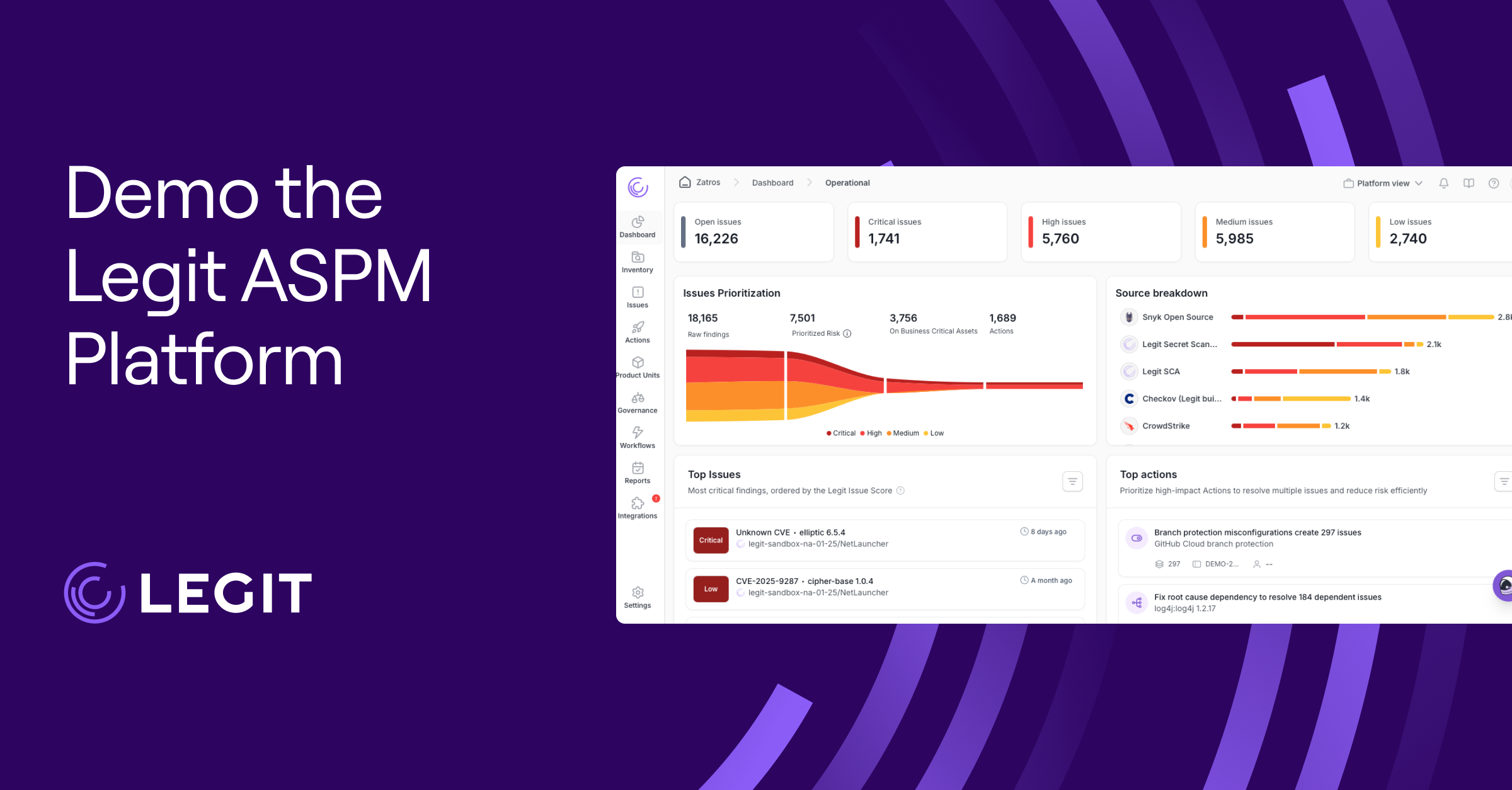The security industry continues to grapple with high burnout rates and an ever-present labor shortage. At the same time, networks and systems have grown more complex, requiring increased protections that can be very time-consuming to implement and manage manually.
Security automation is one of the best ways to close that gap, maintaining a strong security posture without adding workforce or putting undue burdens on existing teams. Automated tools can assist with all kinds of security tasks, and can be customized to match your specific environments and workflows.
In this guide, we’ll explore the benefits and use cases of security automation, and discuss tools and best practices your organization can rely on for quality protection at scale.
What Is Security Automation?
Cybersecurity automation is the use of technology to process tasks that are traditionally handled manually by analysts and other professionals. Automated security tools can perform many types of work, from leveraging Python scripts on the lower end to deploying complex and capable systems powered by machine learning (ML).
Automated security requires limited or no human intervention, although best practices typically involve human checks and oversight. Security professionals can still implement policies, review alerts, flag false alarms, and conduct investigations. Plus, by continually giving AI systems feedback, your team can improve these tools’ accuracy and reduce the future need for manual reviews.
Top Benefits of Security Automation
Security automation systems improve how teams detect and respond to threats. They also allow you to more easily scale operations up and down as needed. Let’s explore the top benefits in more detail.
More Efficient Threat Detection
Manual detection requires significant time and resources. While it’s necessary to keep human workers in the loop, expecting them to do everything personally can increase the risk of errors and missed alerts, not to mention worker burnout. Automated security solutions make it easier for analysts to spot real incidents, while reducing alert fatigue and providing 24/7 coverage.
Faster Incident Response
Security incidents can happen at any time, and minutes—or even seconds—make a big difference in how they escalate. Fast response times can lead to immediate blocks and improve containment for a stronger security posture. Your team can also leverage automated tools to respond quickly outside of business hours.
Reduced Workload for Analysts
Analyst jobs involve a lot of tedious and mundane tasks, so burnout is a real risk. Monotonous work often leads to frustration, boredom, overall job dissatisfaction, and ultimately, higher turnover. Outsourcing these tasks to AI systems helps your team focus on more complex and meaningful work.
Stronger Compliance and Reporting
Enterprise security automation makes it easier for organizations to meet industry requirements and investigate potential threats. Using AI-powered tools also helps your team achieve compliance goals, since you can build policy requirements and checks right into the automations.
Common Use Cases for Automated Security
Automation can improve many aspects of your security posture, but it’s particularly effective in the following key areas.
Incidence Response
Analysts can configure automated systems to accomplish a wide range of incident response tasks, from detection and containment to event management and investigation. These tools can record snapshots of cloud instances and disable compromised accounts.
Threat Hunting and Detection
You can become even more proactive by using security tools for automated threat hunting. Security analysts can leverage AI to uncover potential threats before hackers do, and close those security gaps. Some tools even scan for vulnerabilities in code before deployment.
Endpoint Protection
Endpoint protection is one of the most complex aspects of modern security, especially for companies that allow workers to use their own devices. Automating device management streamlines workflows and ensures proper patching, firewall configurations, and maintenance. Security teams can also limit worker access to certain features and deploy new configurations at scale.
Identity and Access Management
One of the simplest ways AI systems and human security professionals can prevent breaches is by blocking unauthorized access. Automated security tools are able to enforce identity and access management via Zero Trust and least privilege policies. They can check for suspicious activity, trigger temporary suspensions, require follow-up verifications, or escalate issues to human analysts.
4 Examples of Security Automation Tools
Automated security tools have been on the market for decades, but evolving AI technology has boosted their capabilities significantly. The following four tools can make a big difference for enterprises that want robust, reliable digital protections.
1. Security Orchestration, Automation, and Response (SOAR)
SOAR technologies help teams achieve unified security models by integrating dozens of tools and executing playbooks based on logic. Analysts can access all the resulting data via centralized platforms that provide full visibility. These are excellent solutions for orchestrating multistep workflows, such as phishing triage.
2. Security Information and Event Management (SIEM)
SIEM platforms collect and correlate log data to find suspicious behavior. They deliver high-fidelity alerts by ingesting a wide range of data from cloud servers and access logs. SIEM tools can also integrate with SOAR and XDR to orchestrate responses or open tickets, providing additional support for your security team.
3. Extended Detection and Response (XDR)
What SOAR offers in breadth, XDR provides in depth. This solution collects and automatically correlates data across multiple security layers, such as emails, cloud workflows, network infrastructures, and endpoint servers. XDR also combines the key strengths and capabilities of other tools, like SIEM and SOAR, and leverages ML to improve accuracy and speed.
4. Artificial Intelligence for IT Operations (AIOps)
AIOps goes beyond security automations to streamline a wide range of IT-related tasks. Thanks to its broad coverage, organizations that use this technology are better able to identify and close security gaps. AIOps tools can spot anomalies, respond to threats, and create higher-quality data your team can use to fine-tune other AI-powered cybersecurity systems.
Best Practices for Security Automation
Automation is powerful, but to leverage its benefits you’ll need a comprehensive plan and careful oversight. These best practices will help you make the most of security automation:
- Identify your biggest security gaps: First, you need to know where automation can do the most good in your organization. A thorough audit will help you identify vulnerabilities and potential threats, especially those that can be more effectively addressed with automated workflows.
- Document and develop playbooks: If you have an experienced team of security analysts, they already know what to do if a breach occurs. Your automated threat intelligence system will need this information as well. Some tools feature automated playbooks, but you’ll want the flexibility to implement a strategy that meets your specific needs.
- Integrate broad data sources: The more data AI tools can pull from, the more accurate their outputs tend to be. Consider pulling in data from ticketing systems, extended detection and response tools, asset inventories, and vulnerability scans. Greater data coverage also helps you detect and close potential gaps in security operations.
- Continuously monitor and improve: Identify the KPIs that will determine whether your cybersecurity automation tools are successful. For example, you might track the number of false positives, response times, successful resolutions, and labor hours saved. All of these will help you configure automations to do more for your business over time.
Automate Key Security Processes With Legit
Protecting your organization from cyber threats begins at the source. If you’re a software development company, that means your defense efforts start with the code. Legit Security provides protection at every stage of the development lifecycle, so you can safely deploy applications while ensuring multi-layered vulnerability management.
Our AI-powered tools scan for security risks, misconfigurations, and compliance violations. They also integrate into many existing workflows and systems, while providing support for reporting and compliance. Together, these technologies offer end-to-end coverage, so your team can focus on innovation and product development while we protect what you build.
But why take our word for it? Book a demo to see Legit in action today.
Download our new whitepaper.


